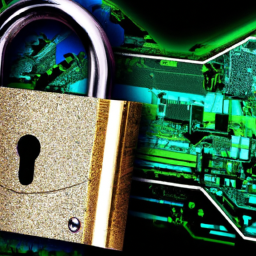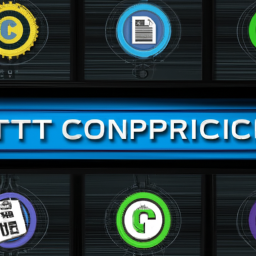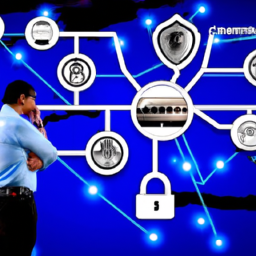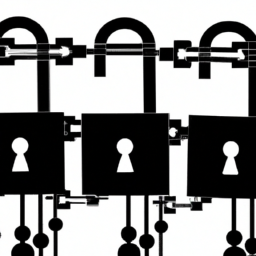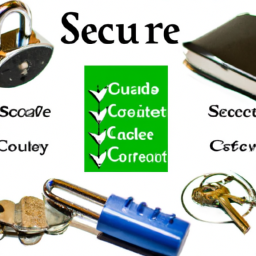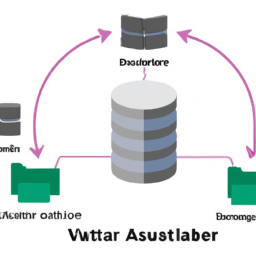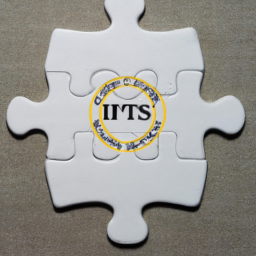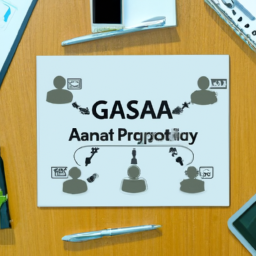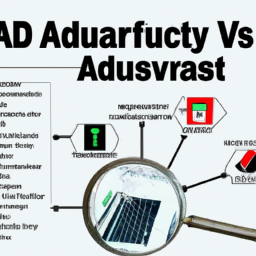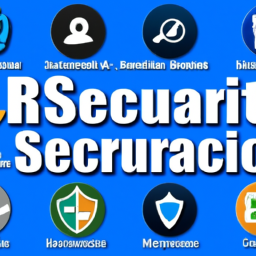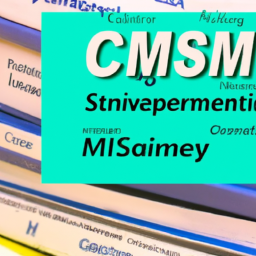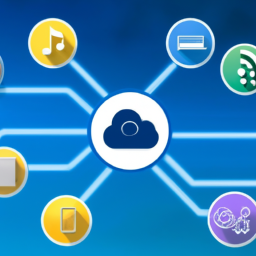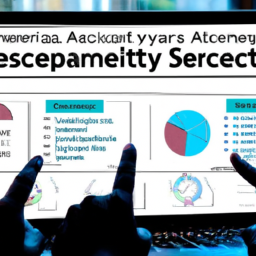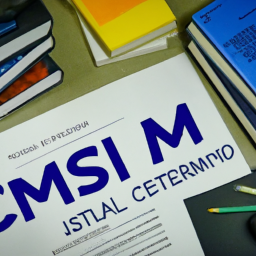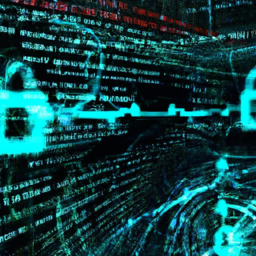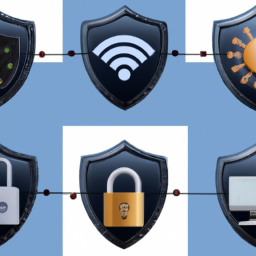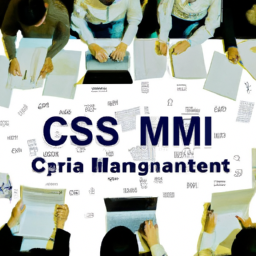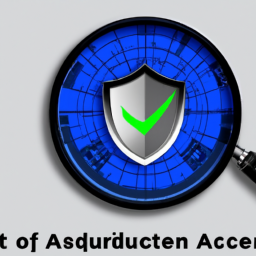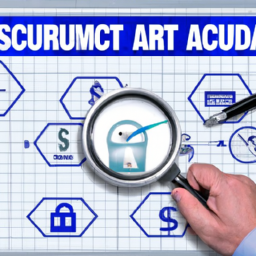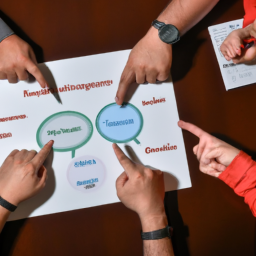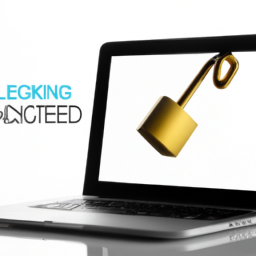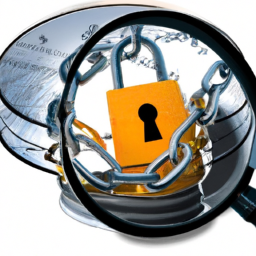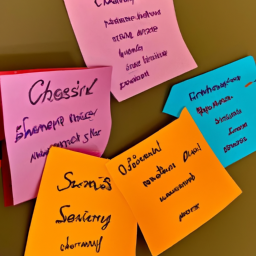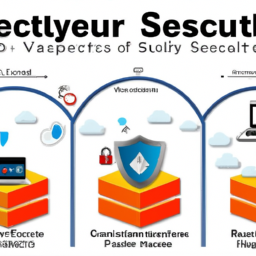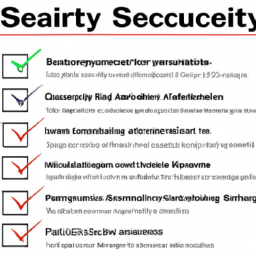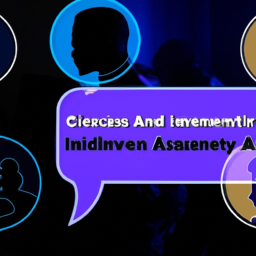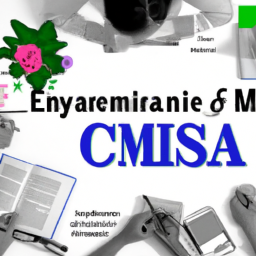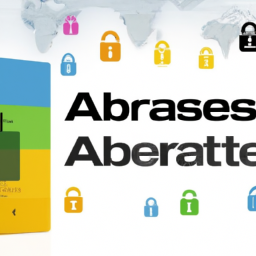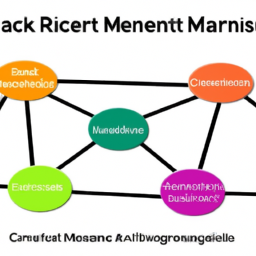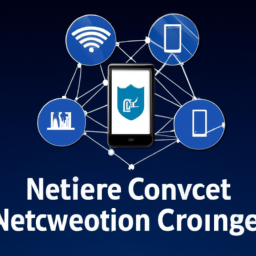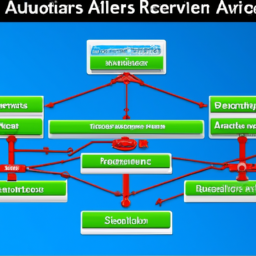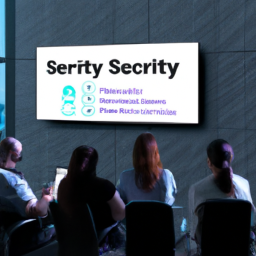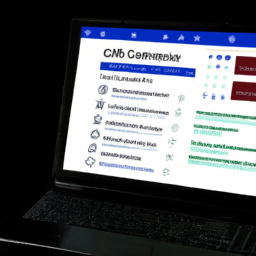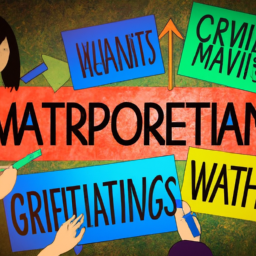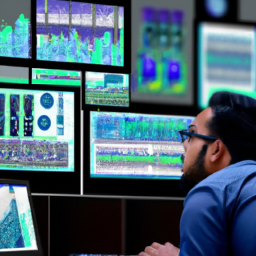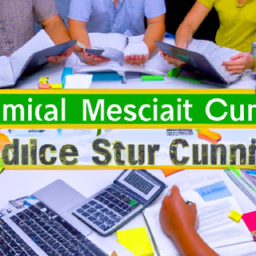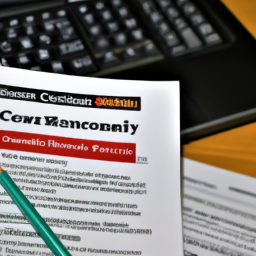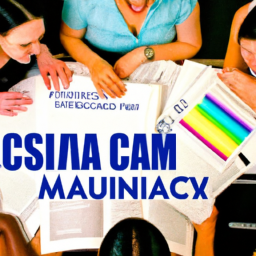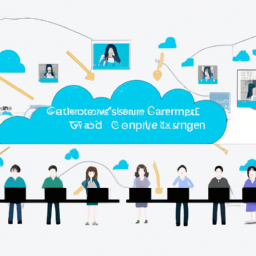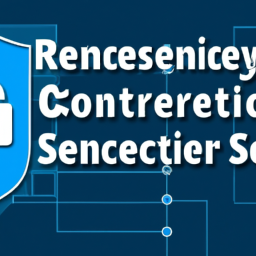Are you tired of taking risks blindly? Do you want to make informed decisions that minimize potential harm to yourself or your organization? Look no further! In this article, we will delve into the world of risk assessment methodologies, uncovering the key steps and approaches that will empower you to navigate uncertainty with confidence.
Risk assessment is a crucial process that allows individuals and organizations to identify, analyze, and evaluate potential risks. By following a systematic approach, you can gain a comprehensive understanding of the risks you face, enabling you to prioritize them and develop effective mitigation strategies.
Throughout this article, we will guide you through each step of the risk assessment process. From identifying the purpose of the assessment to implementing risk mitigation strategies, we will equip you with the knowledge and tools necessary to make informed decisions and protect yourself from potential harm.
So, get ready to take control of your future. Let’s explore risk assessment methodologies together and unlock a world of possibilities!
Key Takeaways
- Clearly identify the purpose of the risk assessment and understand stakeholders’ needs and expectations.
- Gather relevant information and data from internal and external sources to make informed decisions.
- Determine the scope of the assessment to define boundaries and manage time and resources effectively.
- Evaluate and prioritize risks to allocate resources efficiently and focus on addressing the most critical risks first.
Identify the Purpose of the Risk Assessment
The first step in risk assessment is to clearly identify the purpose of the assessment. This crucial step sets the foundation for the entire risk assessment process.
To begin, you must understand the stakeholders involved and their specific needs and expectations. By doing so, you can tailor the assessment to address their concerns and ensure that the information gathered is relevant and useful to them.
Additionally, assessing the potential consequences of the risks being assessed is essential in determining the overall purpose of the assessment. This involves considering the possible impacts, both positive and negative, that could arise from the identified risks.
Understanding the purpose of the assessment will guide subsequent steps, such as gathering relevant information and data, to ensure a comprehensive and effective risk assessment process.
Gather Relevant Information and Data
Start by gathering relevant information and data so you can make informed decisions about managing potential risks. Data collection and information gathering are crucial steps in the risk assessment process.
You need to gather data from various sources to gain a comprehensive understanding of the potential risks involved. This may include collecting information from internal sources such as previous incident reports, safety records, and operational data. External sources like industry reports, regulatory requirements, and best practices should also be considered.
By gathering this information, you can identify potential hazards, vulnerabilities, and exposures that may pose a risk to your organization. Additionally, data collection allows you to analyze trends and patterns, enabling you to prioritize your risk management efforts effectively.
Once you have gathered all the necessary information, you can move on to determining the scope of the assessment and defining the boundaries within which you will be assessing risks.
Determine the Scope of the Assessment
Narrowing down the focus, it’s time to map out the boundaries and extent of the assessment. Scope analysis is an essential step in risk assessment methodologies as it helps identify the areas that need to be considered and those that can be excluded. By defining the scope, you can ensure that the assessment is thorough and comprehensive, addressing all relevant aspects of the subject at hand. It also helps in managing time and resources effectively.
Risk identification is a crucial part of scope analysis, as it allows you to identify and define the potential risks that may arise within the defined boundaries. This step sets the foundation for the subsequent section about ‘identify and analyze potential risks’, where we delve deeper into the specific risks and their potential impacts.
Identify and Analyze Potential Risks
Uncovering and assessing potential risks is crucial to ensuring a thorough and effective evaluation of the subject at hand. Risk identification is the initial step in this process, involving the systematic identification and documentation of all possible risks associated with the project or situation. This can be done through various techniques such as brainstorming sessions, interviews, and reviewing historical data.
Once the risks are identified, the next step is risk analysis, which involves evaluating the likelihood and impact of each identified risk. This analysis helps in prioritizing the risks and determining which ones require immediate attention and mitigation. By thoroughly analyzing potential risks, organizations can proactively address them and minimize their impact on the overall outcome.
Transitioning into the subsequent section about ‘evaluate and prioritize risks’, it’s essential to evaluate the identified risks to determine their importance and prioritize them accordingly.
Evaluate and Prioritize Risks
To effectively prioritize risks, you need to carefully evaluate each one and envision their potential impact on the project, allowing you to make informed decisions and allocate resources accordingly. Risk evaluation involves assessing the likelihood of a risk occurring and the extent of its potential consequences.
This step requires a comprehensive analysis of the identified risks, considering factors such as their potential impact on project objectives, stakeholders, timelines, and costs. By evaluating risks, you gain a deeper understanding of their significance and can prioritize them based on their level of severity and urgency. This enables you to focus on addressing the most critical risks first, ensuring that limited resources are allocated efficiently.
Risk prioritization involves ranking risks in order of their importance and urgency, which helps in directing attention and resources to the areas that require immediate action. By effectively evaluating and prioritizing risks, you can proactively plan for and mitigate potential threats, increasing the chances of project success.
Transitioning into the subsequent section about ‘develop and implement risk mitigation strategies,’ it is crucial to have a clear understanding of the prioritized risks to determine appropriate actions to minimize their impact.
Develop and Implement Risk Mitigation Strategies
Now that you’ve evaluated and prioritized the risks, it’s time to move on to the next crucial step in the risk assessment process: developing and implementing risk mitigation strategies.
This step involves identifying and implementing measures that can reduce or eliminate the impact of potential risks. Risk mitigation strategies are essential to ensure the smooth functioning of any organization and to safeguard against potential threats.
These strategies can include a range of actions, such as implementing controls, creating contingency plans, transferring risks to third parties, or even accepting certain risks. Effective risk mitigation requires a thorough understanding of the identified risks, as well as the application of appropriate risk management techniques.
By developing and implementing robust risk mitigation strategies, organizations can proactively manage risks and minimize their potential impact on business operations.
Frequently Asked Questions
How do I effectively communicate the results of a risk assessment to stakeholders?
To effectively communicate the results of a risk assessment to stakeholders, it is important to engage them in the process early on. Clearly articulate the findings, including the identified risks and their potential impacts. Use visual aids, such as charts or graphs, to convey information in a concise and easily understandable manner.
Provide recommendations for risk mitigation strategies and explain the rationale behind them. Regularly update stakeholders on the progress and any changes in the risk assessment. Foster open dialogue and address any concerns or questions they may have.
What are some common challenges or limitations faced when conducting a risk assessment?
When conducting a risk assessment, you may encounter several common challenges and limitations.
One challenge is obtaining accurate and reliable data, as it can be difficult to gather comprehensive information on all potential risks.
Additionally, assessing the likelihood and impact of each risk can be subjective and vary depending on individual perspectives.
Another limitation is the dynamic nature of risks, which can change over time and require regular reassessment.
Finally, resource constraints and time limitations can also pose challenges in conducting a thorough risk assessment.
How can I ensure that the risk assessment is unbiased and objective?
To ensure unbiased and objective risk assessments, there are several key steps you can take.
First, establish clear criteria for assessing risks to avoid subjective judgments. Use standardized methodologies and tools to minimize bias.
Involve multiple stakeholders in the assessment process to gain diverse perspectives. Conduct thorough research and gather reliable data to support your analysis.
Finally, regularly review and update your assessment process to maintain objectivity and accuracy. By following these steps, you can ensure that your risk assessments are fair and objective.
Are there any legal or regulatory requirements that need to be considered during the risk assessment process?
Legal requirements and regulatory compliance are crucial considerations during the risk assessment process. Just as a captain relies on navigational charts to steer a ship safely through treacherous waters, you must adhere to the guidelines set forth by relevant laws and regulations.
These requirements provide a framework for objective decision-making, ensuring that your risk assessment is not only unbiased but also aligned with legal obligations. By incorporating these requirements into your process, you can confidently navigate the complex landscape of risk assessment.
What are some best practices for monitoring and reviewing the effectiveness of implemented risk mitigation strategies?
To effectively monitor the effectiveness of implemented risk mitigation strategies, it is important to follow some best practices. Here are a few suggestions:
-
Start by establishing clear performance indicators to measure the outcomes of these strategies.
-
Regularly review and analyze these indicators to identify any gaps or areas for improvement.
-
Implement a feedback loop to gather input from relevant stakeholders on the effectiveness of the strategies.
-
Use this feedback to refine and adapt the mitigation strategies as needed.
By continuously monitoring and reviewing the effectiveness of implemented risk mitigation strategies, organizations can ensure they are adequately addressing potential risks.
Conclusion
In conclusion, conducting a risk assessment requires a systematic and comprehensive approach. By following the key steps outlined in this article, you can effectively identify and analyze potential risks, evaluate their significance, and prioritize them accordingly.
With this knowledge, you can develop and implement appropriate risk mitigation strategies to safeguard your organization. Remember, the key to a successful risk assessment lies in gathering relevant information, considering different methodologies, and making informed decisions.
So, take the necessary steps to protect your business and ensure its long-term success.




